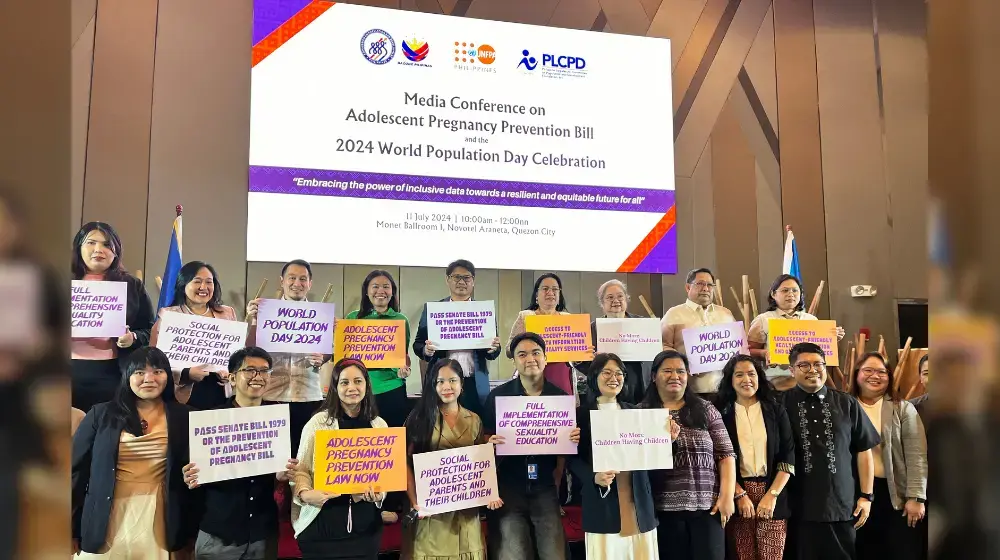The Philippines is the 12th most populous country in the world with 94.9 million people and Asia remains home to 60 percent of the world’s population, according to the 2011 State of World Population report released today focusing on the global population milestone of 7 billion estimated to take place at the end of the month. The report, published by UNFPA, the United Nations Population Fund, gives a glimpse of population trends in different countries. China continues to have the biggest share of the world’s population at 1.35 billion, followed by India at 1.24 billion. But by 2025, the Population Division of the Department of Economic and Social Affairs estimates that India will overtake China with 1.46 billion people, against the latter’s 1.39 billion.
In many parts of the developing world, where population growth is outpacing economic growth, the unmet need for reproductive health care, especially voluntary family planning, remains great, the report said. “The attainment of a stable population is a sine qua non for accelerated economic growth and development. Governments that are serious about eradicating poverty should also be serious about providing the services, supplies, information that women, men and young people need to exercise their reproductive rights,” the report said.
In some of the poorest countries, high fertility rates hamper development and perpetuate poverty, while in some of the richest countries, low fertility rates and too few people entering the job market are raising concerns about prospects for sustained economic growth and the viability of social security systems.
UNFPA Representative Ugochi Daniels noted that globally, while women are having fewer children on the average, global population continues to rise. “While our world of 7 billion presents a complex picture of trends and paradoxes, there are some essential global truths we observe. Conversely, there is no one global population outlook,” Daniels said. “Within countries, wide disparities between the rich and the poor are also glaring. Looking at fertility in the local context, Filipino women in the poorest quintile have an average of six children, two more than they desire, because of lack of access to reproductive health information and services,” she said. She also noted that in the Philippines, 49 percent of the population live in cities as more people from the rural areas look for better opportunities elsewhere. Internal migration, Daniels said, poses issues that have to be addressed such as trafficking of women.
The Philippine population remains young with people under the age of 25 making up 54 percent of the population. However, Daniels said there is a need to respond to the needs of young people by providing them with life skills including proper information about their sexuality. Currently, 10 percent of Filipino girls aged 15 to 19 have begun childbearing. Young people are also increasingly becoming more vulnerable to HIV infections. Latest data shows that 56 out of 156 new cases – or 35 percent – of new HIV infections recorded last August belong to the 15 to 24 age group.
The State of World Population report makes the case that with planning and the right investments in people now, a world of 7 billion and beyond can have thriving, sustainable cities, productive labour forces that can fuel economic growth, youth populations that contribute to the well-being of economies and societies, and a generation of older people who are healthy and actively engaged in the social and economic affairs of their communities.



